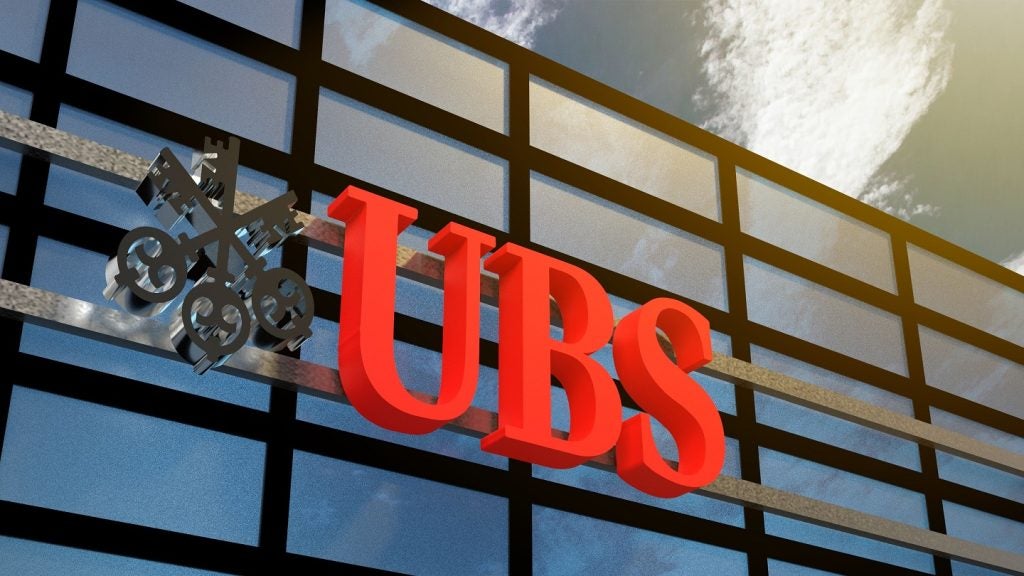Standard Chartered has posted underlying profit before tax of $3.01bn for the year ended December 2017, a jump of 175% compared to $1.09bn a year ago.
The bank’s statutory profit before tax was $2.41bn, as against $409m in the previous year.
Operating income stood at $14.3bn, up 3% from $13.81bn last year. The banking group’s operating expenses rose 1% year-on-year to $10.12bn.
Regulatory costs increased 15% year-on-year, with the implementation of programmes such as MiFID II and IFRS 9.
The bank’s private banking business posted an underlying loss before tax of $1m for the year ended December 2017, versus a profit of $32m in 2016. The bank attributed the loss to higher expenses due to investment in the business.
Private Banking income rose 1% to $500m from $496m a year ago. Excluding an insurance recovery in the first half of 2016, the unit’s income increased 6% from last year, driven by growth in Hong Kong, Singapore and the UAE.
Wealth management income was $299m, an increase of 7% from $280m in the previous year.
Moreover, the Asia-focused bank also proposed a full-year dividend of 11 cents per share, due to “improving financial performance and strong capital”.
Standard Chartered group CEO Bill Winters said: “The transformation of the Group continued in 2017 with the significant improvement in underlying profits, a strong capital position and emerging clarity on regulatory capital requirements allowing us to resume paying dividends. We are encouraged by our start to 2018 and remain focused on realising the Group’s full potential.”







